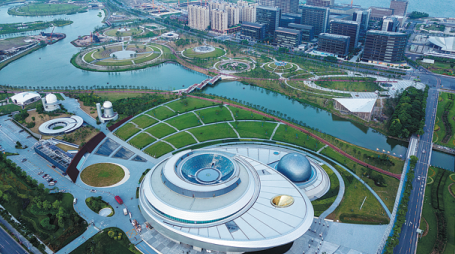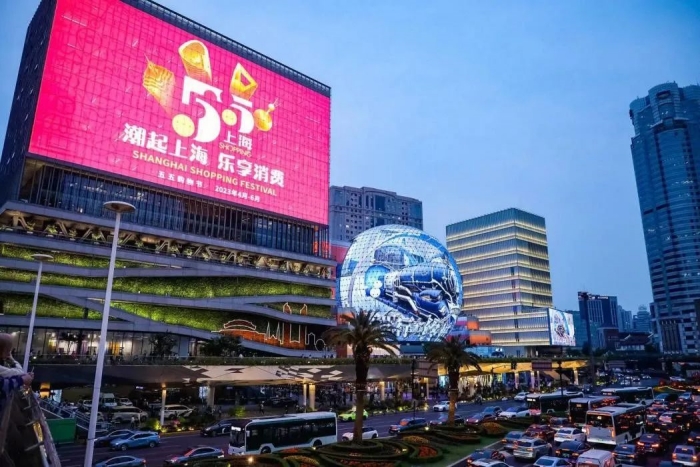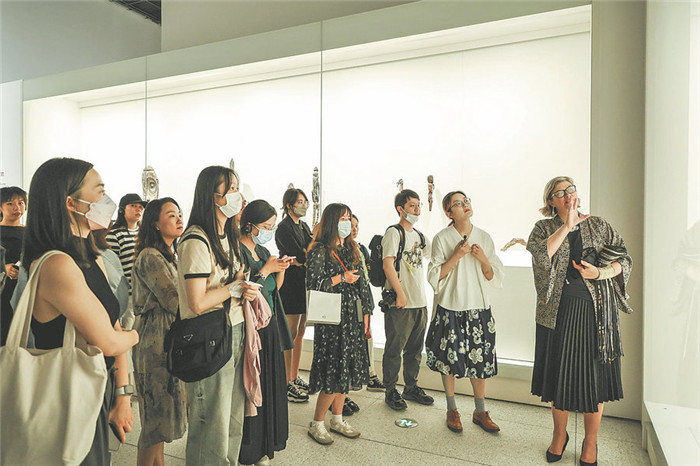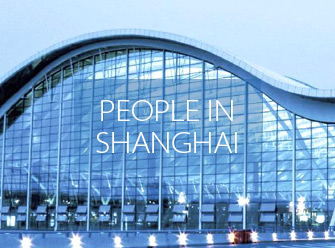Nanhui to lead innovation and reform for Shanghai

An aerial view of Shanghai Astronomy Museum in Nanhui new town. GAO ERQIANG/CHINA DAILY
Expansion of the new town, within Lingang Special Area, will help promote greater region's business environment
Nanhui new town, in Shanghai's Pudong New Area, is expected to expand its role within the Lingang Special Area of the China (Shanghai) Pilot Free Trade Zone, as a place of innovation, and a test ground of China's reform and opening-up in the coming years. By attracting a wide variety of high-tech enterprises, it is expected to make more breakthroughs during its development journey with the privilege of piloting more innovative policies and measures.
Nanhui is one of the "five new towns", along with Songjiang, Jiading, Qingpu and Fengxian, regarded as vital factors to Shanghai's fresh growth. The building of Nanhui new town is one of the key development goals in the region. With a total area of 343 square kilometers, Nanhui new town makes up the majority of the Lingang Special Area of the China (Shanghai) Pilot Free Trade Zone.
Over the next five years, the town will be developed into an international and futuristic town with high-quality industries, innovation strengths, digital systems and living-friendly space, said Zhu Zhisong, deputy director of the Lingang Special Area administrative committee.
Such goals were written into Nanhui new town's 14th Five-Year Plan (2021-25) released in April.
The plan lists a total of 24 key development targets covering five areas of development scale, industry layout, transportation, public services and living environment.
For example, it plans to increase its gross industrial output to 500 billion yuan ($78 billion) by 2025 up from its current output of 170 billion yuan, with a more than 25 percent average annual growth rate. The average growth rate of its digital economy will reach 50 percent. The total length of bus routes will reach 50 kilometers, and the coverage of the land for environmental use in the region is expected to reach 55 percent.
To increase its innovation strengths, Nanhui will establish at least 10 international science laboratories, 30 industry innovation platforms and 40 research and development centers with support from both domestic and overseas companies by 2025. It also plans to attract more than 1,000 new high-tech enterprises by then.
Officials also noted that it will continue to reveal new policies to boost innovation and investment.
So far, a large number of projects and industrial parks across different sectors have been sited in Nanhui. They will benefit fields such as digital and intelligent manufacturing, new energy vehicles, lithium battery development and finance.
The construction of Bank of China's Lingang Financial Center, located at the West Island of Dishui Lake, is ongoing. A center to support commercialization of scientific results from top scientists is also under construction.
With an increasing number of industrial clusters being created in the region, Nanhui new town is a promising place, officials said at a promotion event held on Sept 29.
The Lingang Special Area acts as a test ground of China's reform and opening-up, and such a role will be further reinforced in the coming years, which will support the development of Nanhui new town, officials said.
This year, more than 700 investment projects worth more than 430 billion yuan have been signed in Lingang. And five of its industrial parks have been listed among the top 40 city-level characteristic parks.
To gain a competitive advantage and meet future needs, Lingang plans to develop a host of industries in cutting-edge areas, such as integrated circuits, artificial intelligence, biomedicine and aerospace industries.
It will also support development of new energy, high-end equipment, green manufacturing, intelligent robots, hydrogen energy and new generation information in the next five years.
Lingang will build three to five industrial clusters each worth around 100 billion yuan by 2025.
In recent years, the China (Shanghai) Pilot Free Trade Zone has explored reform measures to achieve domestic and foreign currency integration of free trade accounts, so as to assist in the international balance of payments. Based on this, Lingang further promoted the free flow of capital, and supported the use of funds in the Yangtze River Delta region.
In addition, multinational corporations have been further encouraged to set up global or regional fund management centers in the region. Such a move will help the flow of exchange funds of foreign enterprises.
At present, more than 100 financial institutions have settled in the region, including the country's first joint venture financial management company controlled by a foreign company, and the country's first financial technology company fully owned by a foreign company.
Since its establishment two years ago, the Lingang Special Area has been entitled to innovative policies and priority to pilot more bold reform measures. As a result, its business environment is well recognized.
The business environment of Lingang is close to globally leading levels, ahead of developed economies such as Australia and Japan, according to a report released by professional consulting firm PricewaterhouseCoopers on June 12, 2020.
In the report, the evaluation was under the World Bank's Doing Business assessment system with 10 indicators included.
Officials said Lingang will continue to improve its business environment with a package of reform measures.
Having the world's most competitive free trade zones in sight, Lingang will learn from the experiences of advanced economies and international general principles. It will improve the business environment from the perspective of the whole life cycle of enterprises, officials said.
 Contact Us
Contact Us

 New pedestrian street boosts Pudong's night economy
New pedestrian street boosts Pudong's night economy  Festival injects vitality into Shanghai's consumer market
Festival injects vitality into Shanghai's consumer market A journey through history
A journey through history Chinese roses bloom in Pudong
Chinese roses bloom in Pudong


